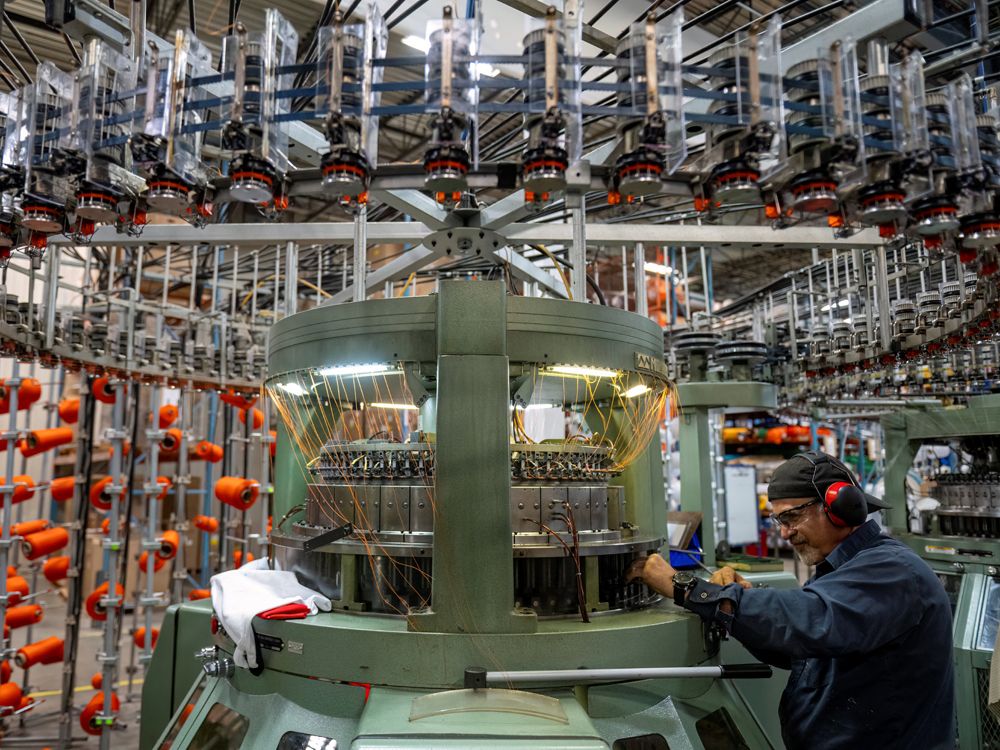Trillium calls on governments to expand manufacturing incentives beyond autos

One recommendation calls for more automation, which the non-profit says will lead to higher-paying jobs

Article content
Following a wave of investments in the country’s auto sector, the Trillium Network for Advanced Manufacturing is calling on governments to ramp up financial incentives for manufacturers in other sectors to revitalize Ontario’s manufacturing economy.
One recommendation from the non-profit calls for more automation, which it said will lead to higher-paying jobs.
Advertisement 2
Story continues below
Article content
Since 2020, the federal government has committed to provide around $31.4 billion in financial incentives to help attract investment in creating a battery and electric vehicle supply chain, while Ontario has committed an additional roughly $17.4 billion. Such incentives, plus billions of dollars from the Quebec government, have backstopped roughly $46.1 billion in private investments.
Based at Western University in London, Ont., Trillium is advocating for a new menu of “aggressive, selective and targeted” incentives and a shift away from job creation as a primary goal towards “good” jobs.
“The ‘selective’ element of this approach involves targeting investments in industries known for their productivity, that pay well, and that can make substantial contributions to GDP,” it said in a report.
Aerospace, chemicals, dairy products, pharmaceuticals, primary metals and high-value electronics such as medical devices and wireless communication equipment are all worth targeting under these criteria, the report said.
Trillium played a key role in the recent auto-sector investments, such as creating an oft-cited model of the costs and benefits. It found an electric-vehicle sector could annually add $48 billion to the economy and create 250,000 jobs.
Article content
Advertisement 3
Story continues below
Article content
To not offer incentives “is stupid on its face,” according to the report.
Incentives came into practice in the mid-2000s as a government policy to stop the retreat of auto manufacturers to other jurisdictions. But the report said manufacturing’s overall contribution to Ontario’s gross domestic product has declined since 2004 on both a relative percentage basis as well as an overall basis.
Ontario’s manufacturing productivity — defined as the value of worker output per hour — has declined since 2020, which Trillium attributes to a variety of factors, including the growth of lower-paying jobs such as in food manufacturing.
It also pointed out that the number of vehicles produced has dropped, which has been tied to pandemic trends as well as supply chain hiccups such as the shortage of semiconductor chips.
But the report emphasizes a third factor for manufacturing’s decline in Ontario, saying that financial incentives from governments, such as loans and tax credits, are too often tied to the number of jobs created. It said incentives should be tied to how many “good” jobs are created and other more qualitative metrics, like investments in automation and tooling technologies.
Advertisement 4
Story continues below
Article content
Brendan Sweeney, managing director at Trillium, said automation is often feared as a jobs killer by politicians. But it often leads to higher-paying jobs and requires companies to invest in their plants, both of which are beneficial from a government perspective.
Recommended from Editorial
“It’s easy to announce jobs,” he said. “It’s hard to say this will create fewer jobs, but they’ll pay better.”
• Email: [email protected]
Bookmark our website and support our journalism: Don’t miss the business news you need to know — add financialpost.com to your bookmarks and sign up for our newsletters here.
Article content






Comments